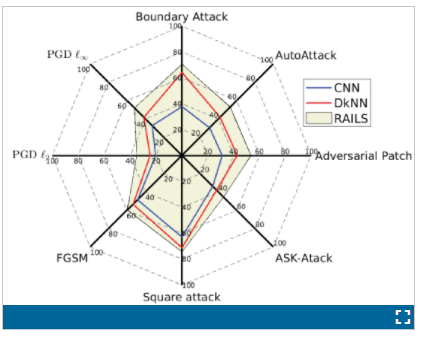2022-03-28 ミシガン大学
・ミシガン大学の研究者が2015年夏に北極圏の大気からエアロゾルを採取し、エアロゾル化した硫酸アンモニウム粒子が典型的な液体エアロゾルのように見えないという不思議なことを発見した。液体であるはずの硫酸アンモニウム粒子が実は固体であることを発見したのです。この研究成果は『米国科学アカデミー紀要』に掲載された。
・固体のエアロゾルは、北極における雲の形成方法を変える可能性がある。また、北極の氷が減少するにつれて、海洋からの放出物と鳥からのアンモニアが結合して形成されたこの独特の粒子が増え、雲の形成や気候に影響を及ぼすと研究者は予想しています。さらに、大気中のエアロゾルの特性を理解することは、北極圏やその他の地域における現在および将来の気候を予測する気候モデルの能力を向上させるために非常に重要です。

As the Arctic loses ice, researchers expect to see more of these unique particles formed from oceanic emissions combined with ammonia from birds, which will impact cloud formation and climate. Image courtesy: Andrew Ault and Matt Gunsch
<関連情報>
- https://news.umich.edu/solid-aerosols-found-in-arctic-atmosphere-could-impact-cloud-formation-and-climate/
- https://www.pnas.org/doi/full/10.1073/pnas.2104496119
夏期の北極圏大気中の高相対湿度における有機物被覆硫安固体粒子 Solid organic-coated ammonium sulfate particles at high relative humidity in the summertime Arctic
atmosphere,Rachel M. Kirpes ,Ziying Lei,Matthew Fraund,Matthew J. Gunsch ,Nathaniel W. May,Tate E. Barrett,Claire E. Moffett,Andrew J. Schauer ,Becky Alexander,Lucia M. Upchurch,Swarup China ,Patricia K. Quinn ,Ryan C. Moffet,Alexander Laskin,Rebecca J. Sheesley,Kerri A. Pratt,Andrew P. Ault
journal Proceedings of the National Academy of Sciences Publisyed:March 28, 2022
Significance
Abstract
The ability of atmospheric aerosols to impact climate through water uptake and cloud formation is fundamentally determined by the size, composition, and phase (liquid, semisolid, or solid) of individual particles. Particle phase is dependent on atmospheric conditions (relative humidity and temperature) and chemical composition and, importantly, solid particles can inhibit the uptake of water and other trace gases, even under humid conditions. Particles composed primarily of ammonium sulfate are presumed to be liquid at the relative humidities (67 to 98%) and temperatures (−2 to 4 °C) of the summertime Arctic. Under these atmospheric conditions, we report the observation of solid organic-coated ammonium sulfate particles representing 30% of particles, by number, in a key size range (<0.2 µm) for cloud activation within marine air masses from the Arctic Ocean at Utqiaġvik, AK. The composition and size of the observed particles are consistent with recent Arctic modeling and observational results showing new particle formation and growth from dimethylsulfide oxidation to form sulfuric acid, reaction with ammonia, and condensation of marine biogenic sulfate and highly oxygenated organic molecules. Aqueous sulfate particles typically undergo efflorescence and solidify at relative humidities of less than 34%. Therefore, the observed solid phase is hypothesized to occur from contact efflorescence during collision of a newly formed Aitken mode sulfate particle with an organic-coated ammonium sulfate particle. With declining sea ice in the warming Arctic, this particle source is expected to increase with increasing open water and marine biogenic emissions.



